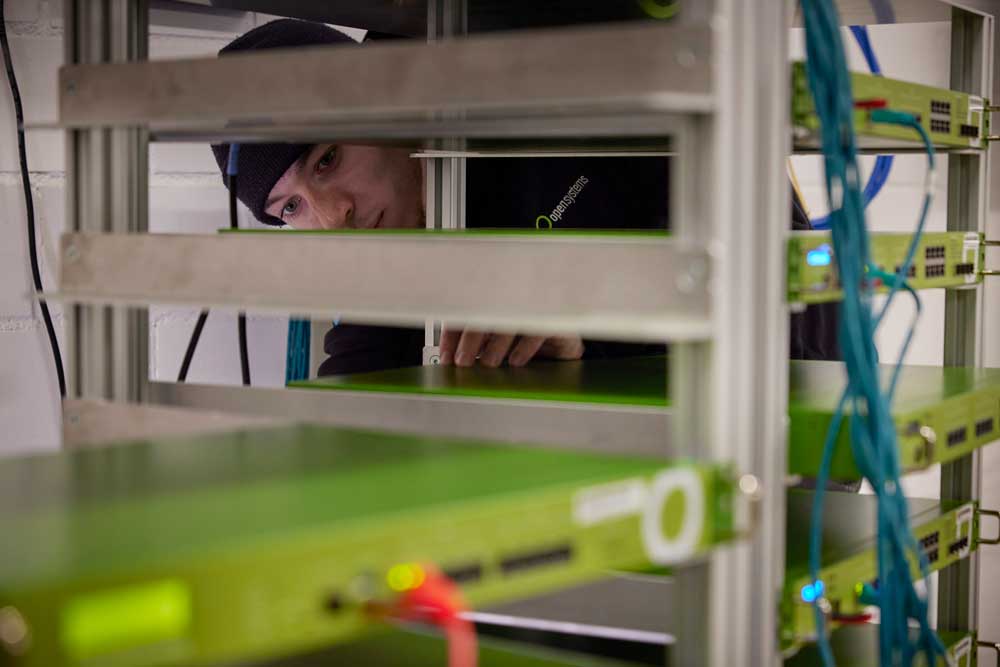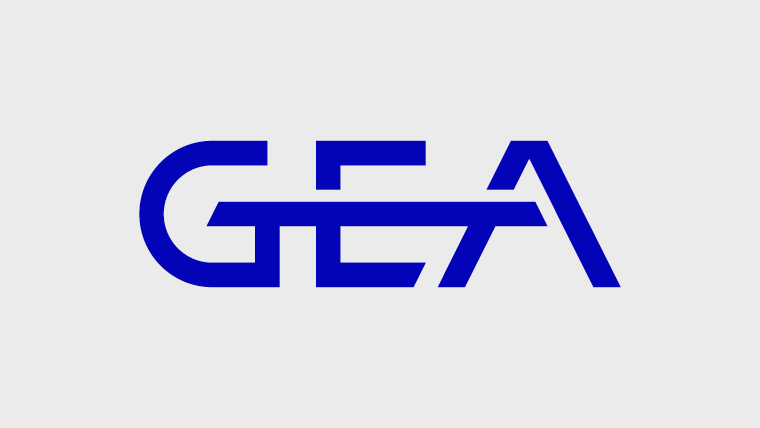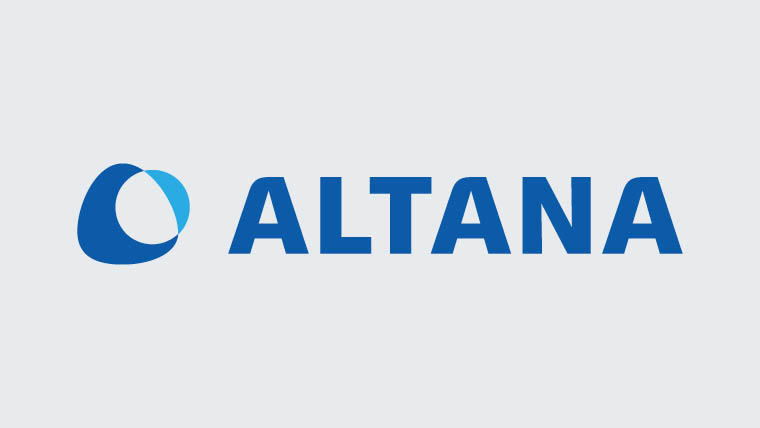NETWORK TRANSFORMATION FOR MANUFACTURING
DownloadRSAC San Francisco 2024, Booth: 6567 (North Hall)
Meet with UsSASE Experience Solution Brief
DOWNLOADInfosecurity Europe, June 4-6, 2024 | London, UK
Meet with UsNative, Managed SASE
Confidently access data from anywhere at any time. Trust Open Systems for:
- Simple, secure connectivity
- An easy-to-implement and use experience
- Robust security outcomes
SASE Experience Whitepaper
Don't compromise. Learn how you can deliver secure network access – without sacrificing network performance.
Our promise to you
At Open Systems, we don't just promise a great service experience; we live it. We implement proven and leading technologies and robust security protocols to protect your network from potential cyber threats while delivering the highest levels of availability. We put this commitment ahead of everything else. We deliver this through...
incident escalation to certified engineer from customer tickets
Our Network and Security Operations Center (NOC/SOC) set Level-3 engineers on the front line to triage incoming change requests, monitoring alerts and incidents as well as incoming calls to ensure all events are prioritized according to their urgency and properly handled.
on premises equipment SLA
Native, Managed SASE is Better!
Most Managed SASE offerings are cobbled together from several leading vendors by service providers who create a portal to make them appear as a unified single SASE solution.
Open Systems is different.
We offer a unique comprehensive, native and managed SASE offering with a focus on providing a delightful customer experience. Enjoy simple, secure connectivity and robust security. Come. Explore our platform...

Secure Access Service Edge (SASE) is a term coined by Gartner that combines security and network functions into a unified cloud-based service, simplifying the management of complex networks while providing protection against a wide range of cyber threats. SASE is particularly relevant for organizations that are moving toward cloud-based applications as a service, and that have a distributed workforce or branch offices. It offers a more agile and secure approach to network and security management.
Learn moreExplore the Open Systems Platform
Enable work-from-anywhere and empower cloud adoption and scale. Open Systems SASE Experience is a native, managed SASE offering that ensures high availability, secure access with agility, resilience, and security to maximize IT investments and free teams to focus on driving business success.
Our Mission Control team provides follow-the-sun management and support from Level-3 engineers to maximize your performance, productivity, and security.
Securely connect users and devices to resources located anywhere.
Edge-to-edge software defined network connectivity with a global backbone.
Customer Stories
Leave complexity behind
To learn how Open Systems SASE Experience can benefit your organization, talk to a specialist today.
Contact Us


